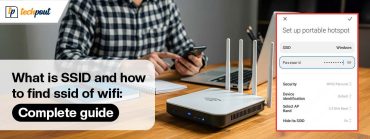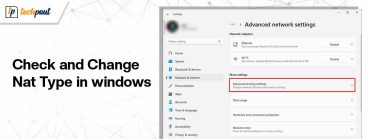How To Change Windows 10 Display Brightness – Step by Step
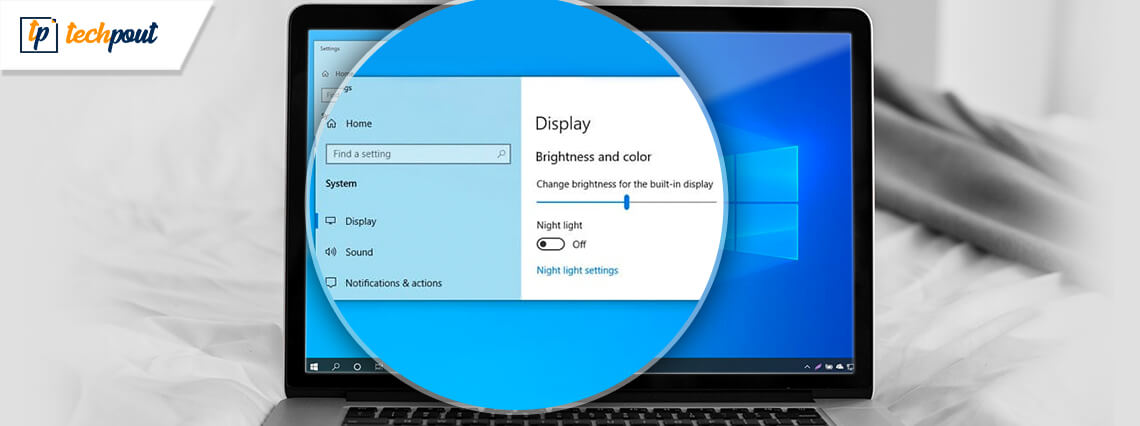
Today, we are going to explain the numerous ways to change Windows 10 display brightness. Read further to know every bit in detail!
Brightness is one of those things that needs to be changed regularly as per the user’s discretion. When your surroundings are bright, you may want to lower your brightness in an effort to see your screen clearly. When you are using your PC in a dark room you would like to change brightness in Windows 10 to make sure that it doesn’t hurt your eyes. Using your PC with decreased brightness will also save your Laptop’s power and its battery life.
There are many ways to change Windows 10 display brightness apart from the manual method.
You can automatically change brightness in windows 10 by using various methods, where you have plugged it in or not, based on how much battery power you have left on your laptop, and using a light sensor which is built-in into many latest devices to toggle the brightness automatically.
How to change brightness in Windows 10 Laptop or PC
In most of laptop keyboards, you can find the option of increasing or decreasing brightness quickly by using the function keys (f1 to f12)- that appears on the top of number keys on your keyboard.
To change your screen brightness look for a function key that resembles the icon that represents brightness, mostly it’s a sun or something like that. Press the keys, as they are function keys, you have to press and hold the Fn key which is located at the bottom-left corner of the keyboard, while pressing the function keys.
If you want you can also change Windows 10 display brightness from within the system also. This method is especially useful for those users whose keyboards have some problems like broken keys, faulty drivers, etc. This method is also helpful when using a tablet or when you have to do it in software.
On Windows 10, the user can find a quick brightness adjusting slider in the Action Center. To get its access,
Step 1: Firstly, click on the notification bubble-like icon that appears on the right of the clock on the Taskbar.
Step 2: If you don’t get the sight of the slider then click on the “Expand” option, located upon the grid of tiles.
Step 3: Click and drag the slider to adjust your screen’s brightness, as you like.
On a touchscreen, you would find the Action Center by swiping in from the right side of your screen.
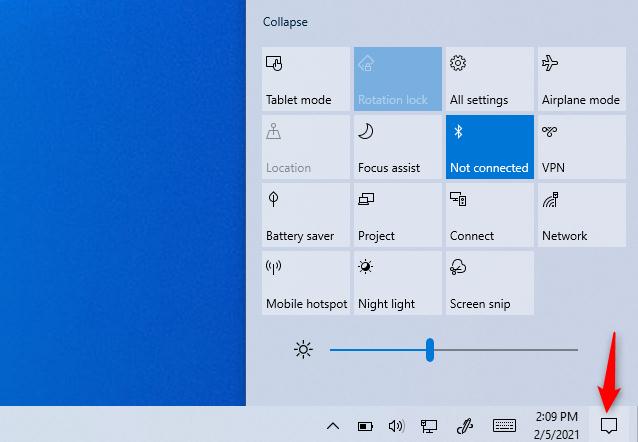
You may also find this option in the Settings app on Windows 10. To access it follow these steps:-
Step 1: Open the Settings app from the Start menu or Start icon.
Step 2: Then, select “System” and click on “Display”.
Step 3: Click, or tap and drag the “Adjust Brightness Level” Slider to change the brightness level of your screen.
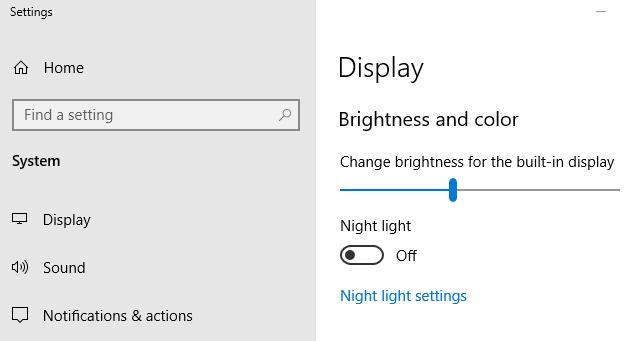
If you have a Windows 7 or 8 PC and don’t have the “Settings” app, then this option is available in the control panel of your PC.
Step 1: Open the Control Panel on your PC, click on “Hardware and Sound”.
Step 2: Select the “Power option” from the items listed in the menu.
Step 3: You will see a slider named “Screen Brightness” resting at the bottom of the Power Plans window.
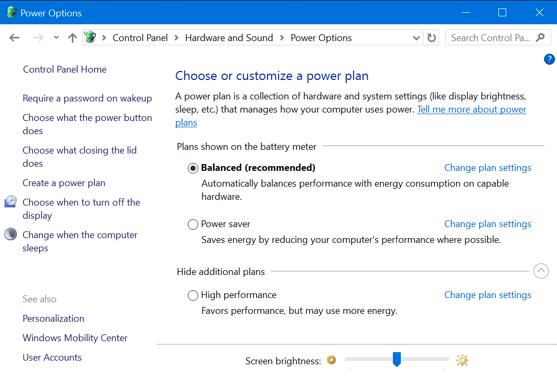
You can also use this option through Windows Mobility Center.
On Windows 10 and 8.1, Launch it by right-clicking on the Start button and selecting “Mobility Center”. On Windows 7, you can get access to “Mobility Center” by pressing the Windows key and X key, simultaneously.
Change the brightness of your screen by using the slider named “Display Brightness” that appears in the windows.
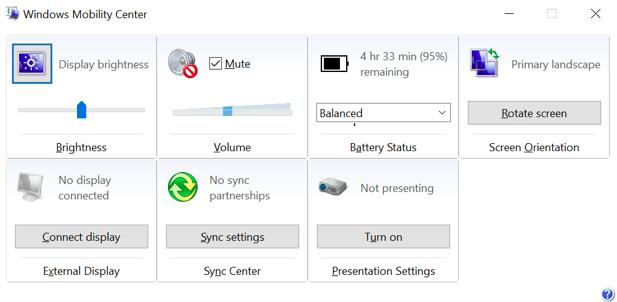
Also Read: 17 Best Duplicate Photo Finder & Cleaner Software In 2021
How to Toggle Brightness Manually on an External Display
Most of the methods listed in this article are functional for laptops, tablets, and all-in-one PCs. However, if you are using your PC with an external display and you want to change the brightness of the display, you will have to do it on the external display itself, and in most cases, you will not be able to do it automatically.
How to Adjust the Brightness Level Manually on an External Display
Most of the methods that are listed in this article are for laptops, tablets, and all in one PC. However, if you use your PC with an external display or connecting an external display with your PC, you will have to do it on the external display itself, and in most cases, you will not be able to do it automatically.
You can look for the “Brightness” button on the display of your screen and use them to adjust brightness according to your suitability. You may also have to access the “Menu” or “Options” buttons in order to enable an on-screen display that will help you to increases or decrease the brightness of your screen.
Mostly, these buttons are located near the power On/Off button of the computer monitor. For some modern monitors, you may also be able to change Windows 10 display brightness by using apps such ScreenBright or Display Tuner, though they won’t be able to work with most monitors.
Also Read: Top 15 Software Development Companies in 2021
How to Toggle Brightness Automatically when you’re Plugged in
You can change display brightness on Windows 10 PC or Laptop between a threshold based on whether your PC is plugged in or not. For example, if your laptop is plugged in then you can set the brightness on a higher level and when it is on battery power then you can set it on a lower level. After making some adjustments, your Windows PC will be able to adjust brightness accordingly and automatically.
To enable this, the steps are:-
Step 1: Open Control Panel.
Step 2: Select “Hardware and Sounds” and then select “Power Options”.
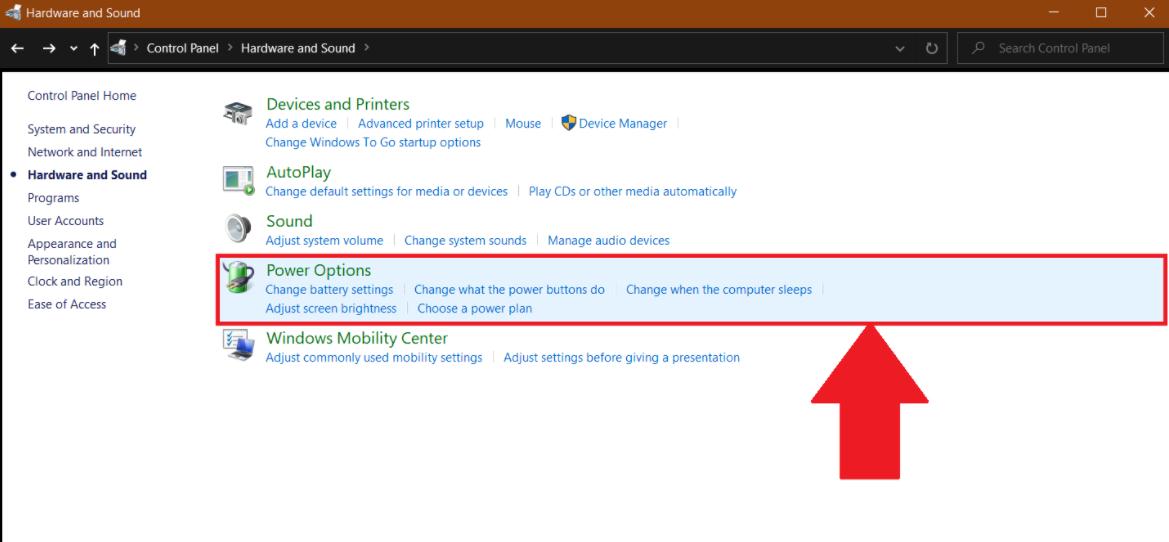
Step 3: After that, Click on “Change Plan Settings” which may be linked next to the power plan you’re using.
Step 4: Configure between different brightness levels for “On Battery” and “Plugged In” listed under the “Adjust Brightness Plan”. This setting is interlinked with your power plan.
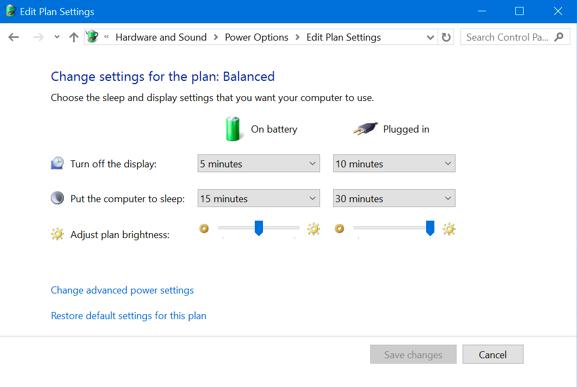
You can configure various screen brightness for different power plans and if you like, you can also switch between them.
Also Read: 14 Best Free Data Recovery Software For Windows 10/8/7 In 2021
How to Adjust Brightness Level based on your Battery Life
Users can automatically change the Windows 10 display brightness of their laptop based on how much battery is left on their laptop.
On Windows 10, the users can use the Battery Saver feature to do so. The steps for the setup of this feature are:-
Step 1: Open the Settings app, select “System” and then select “Battery”.
Step 2: Make sure that the “Lower screen brightness while in battery saver” option is turned on.
Step 3: Then, select the battery percentage on where you would like the Battery Saver to get on.

When your battery gets below the selected level that’s where the Battery Saver will kick in and decrease your backlight and thus saving the power of your laptop. By default, Battery Saver will activate when there is only 20% battery is left on your laptop.
Unfortunately, there is no way of deciding the exact amount of brightness that the Battery Saver will use. This option can also be toggled manually by tapping on the battery icon.
Also Read: 5 Smart Ways to Improve Gaming Performance on Windows PC
How to Automatically Adjust Brightness by Using Ambient Light Sensor
Many Modern Laptops and PCs come with ambient light or brightness sensors, similar to what comes in smartphones or tablets. Windows can use the sensor to what people say “Adaptive Brightness” as Windows will automatically fluctuate the brightness of your screen based on your surroundings. For example, it may increase the brightness automatically when the environment is bright and decrease it when the surroundings are dark.
This may seem convenient for most people but some people often complaints that this may increase or decrease the brightness even when the user does not wants to do so. This may result in the user preferring to change brightness in Windows 10, manually through settings. You may also want to turn it on and off to see what better suits you.
To enable or disable this feature On Windows 10 the steps are as follows:-
- Open Settings app, select “System” and then select “Display“.
- Switch on or off the “Change brightness automatically when lighting changes” option. This is only available when your device has an ambient light sensor.

You can also change this setting through Control Panel by following the steps listed here:-
Step 1: Open Control Panel, select “Hardware, and Sound”.
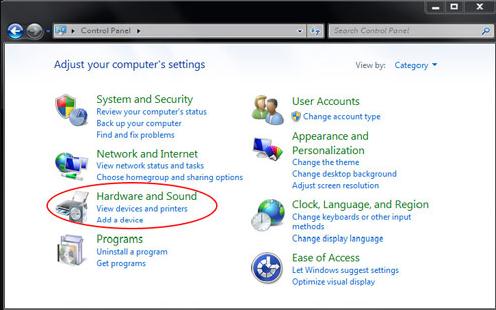
Step 2: Select “Power Options” and click on “Change Plan Settings”, next to the power plan you’re using.
Step 3: After that, click on “Change advanced power settings”.
Step 4: Click and Expand the “Display” section. Then Expand the ” Enable Adaptive Brightness” section.
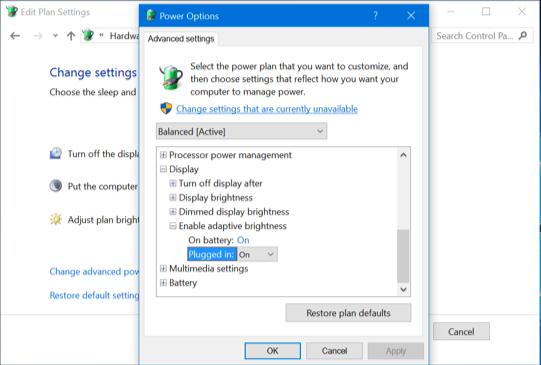
The option listed here allows the users to select whether the Adaptive Brightness will be used when using Battery Power or when Plugged In.
Also Read: Top 15 Graphic Design Software for Designers in 2021 (Free and Paid)
Closing Words on How to Change Windows 10 Display Brightness
You can adjust or change display brightness on Windows 10 both manually or automatically as both have their own benefits. Enabling automatic brightness won’t be preventing the user from toggling the brightness by using hotkeys and other options from Windows. So, it doesn’t hurt or kick back to try all the options mentioned here and find out which suits you the most.
Drop your further queries and suggestions in the comments box below. And, do subscribe to our Newsletter for staying up-to-date as well as reading more helpful guides.
